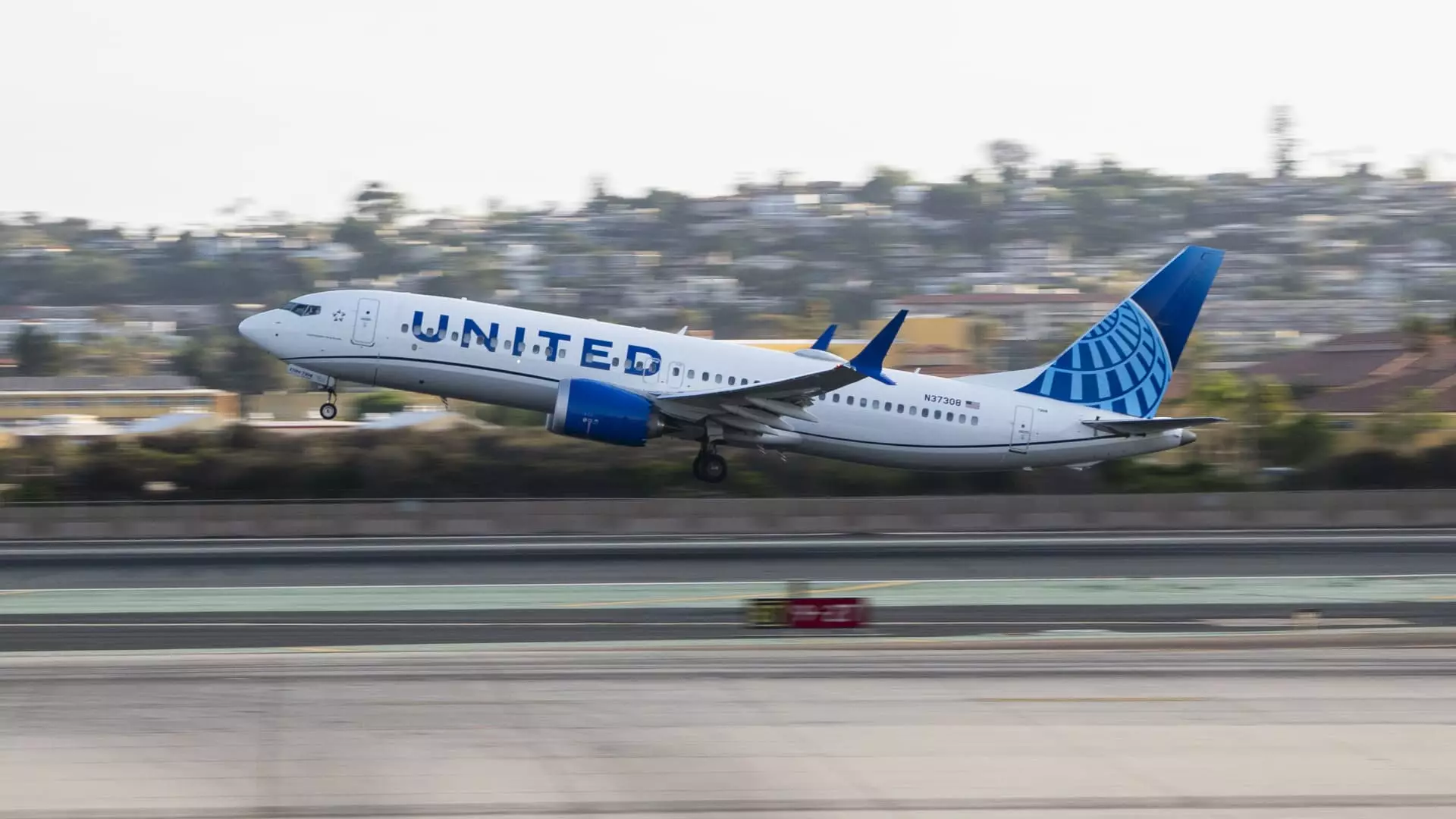In a move that highlights its confidence in continued growth, United Airlines recently announced a $1.5 billion share buyback program following positive earnings reports during a busy summer season. Despite the lingering effects of the COVID-19 pandemic, this strategic decision is a testament to the airline’s robust recovery and vision for the future. As the aviation industry continues to grapple with various challenges, United’s latest financials reveal a deliberate approach that aims not only to reward shareholders but also to reinforce its commitment to reinvesting in its operational capabilities and workforce.
In its third-quarter report, United Airlines generated an impressive adjusted earnings per share of $3.33, surpassing Wall Street’s forecast of $3.17 and outperforming the company’s own July estimates which projected earnings between $2.75 to $3.25. The airline’s revenue stood at $14.84 billion, marking a 2.5% increase from the previous year and exceeding analyst expectations of $14.78 billion. However, it’s critical to note that while revenue is on the rise, net income fell by 15% year-over-year to $965 million. This decline raises questions about the sustainability of profits as United navigates through evolving customer preferences and potential operational disruptions.
One significant factor aiding United’s performance in the third quarter was a positive domestic unit revenue generation seen in August and September—the results of strategic flight reductions aimed at stabilizing fare prices. The airline’s capacity increased by 4.1%, reflecting its ambition to cater to the growing demand for air travel. Notably, corporate revenue experienced a substantial 13% uplift, driven by a resurgence in business-related travel. Additionally, premium segments saw an upswing, with revenue from business class tickets rising five percent, and basic economy fares seeing a remarkable growth of 20%. These figures represent a crucial adaptation to shifting market demands and a recovery in consumer confidence.
Looking ahead, United’s announcement of new international routes—including destinations in Mongolia, Senegal, Spain, and Greenland—indicates a strong strategic focus on capturing the growing demand for global travel. As airlines re-evaluate their networks post-pandemic, United’s expansion plans are a clear signal of its intent to emerge as a leader in international travel markets. The initiative aligns with the trend in the airline industry where exploration of new markets becomes essential for long-term growth.
Despite these positive developments, United Airlines faces various challenges that could impact its trajectory. The airline industry remains susceptible to fluctuations in demand post-pandemic, and uncertainties loom regarding production delays at Boeing, a primary supplier for the airline. Recent strikes have idled several factories, raising concerns about timely aircraft deliveries—essential for meeting the growing travel demands. Furthermore, United will likely face pressure from analysts during their upcoming call, focusing on consumer behavior forecasts for late 2023 and into 2025.
In his communication to employees, United CEO Scott Kirby emphasized that investing in people and business operations will remain a top priority, even with the initiation of the share repurchase program. This sentiment reflects a broader trend within the industry where airlines must balance shareholder expectations with long-term investments in operational infrastructure and workforce development. By emphasizing sustainable growth, coupled with immediate financial rewards, United is poised to navigate the complex landscape of airline operations in a post-COVID world.
United Airlines’ recent announcements and financial performance indicate a company that is not only recovering but is also aggressively positioning itself for future growth amidst a recovering travel landscape. The airline’s focus on strategic capacity adjustments, coupled with its expansion into new markets, reveals a calculated response to evolving consumer demands. As United Airlines embraces both growth opportunities and the challenges ahead, it remains crucial for the company to foster a balanced approach that prioritizes long-term sustainability alongside immediate financial returns. The road ahead may be fraught with uncertainty, but United’s proactive strategies suggest a readiness to face the challenges and capitalize on the opportunities that lie ahead.


Leave a Reply